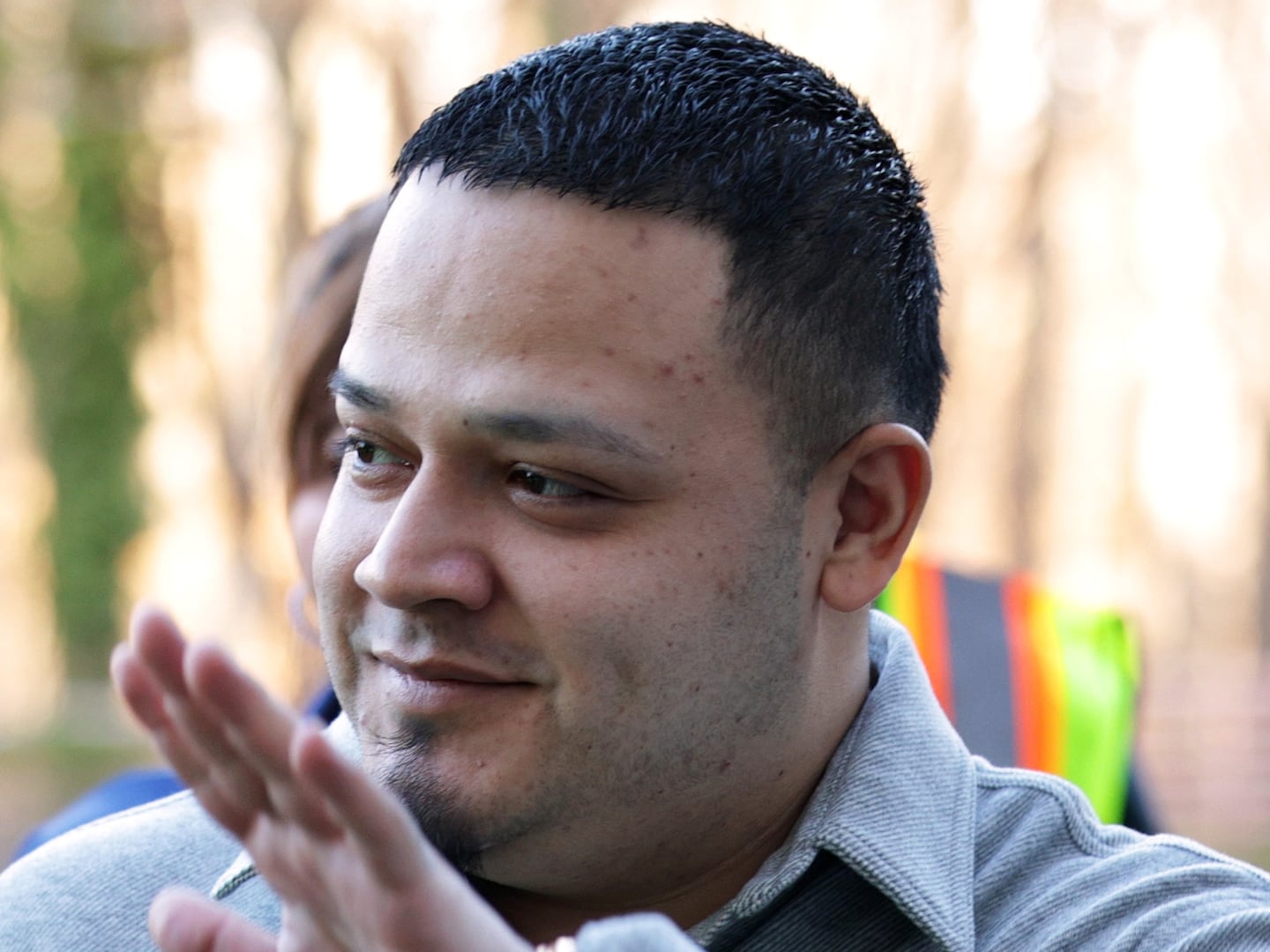It’s a bit strange watching Justin Peck at work, choreographing a dance for a troupe of elite dancers from the New York City Ballet. He deduces where an extra step is needed and the distance two dancers need for one to spin and land in the other’s arms.
Distance, time, weight, direction; he’s like a physicist in tights, concocting the Company’s only new ballet of the season. When director Jody Lee Lipes captured the process on film for his documentary Ballet 422, Peck was also only 25 years old.
Ballet 422 captures Peck the “boy wonder” during the creation of his acclaimed ballet Paz de la Jolla, the Company’s 422nd ballet.
At the time, he was still a member of City Ballet’s lowest rank of dancers, the corps de ballet, yet choreographing for many of its principal stars. It made for a rare scene within the Company: One young man leading a room of fellow twenty-somethings through steps he dreamed up himself.
“I was like, ‘Who’s this young punk? Who does he think he is?’” Peck—now 27, jokes about watching himself in the documentary. “I looked like this kid working in front of the room.”
Peck also turns deadly quiet while working, which can look a little funny on film as the dancers—his friends—stand around, waiting for his instructions. “Through my experience there are so many thoughts running through my head, so it’s never quiet to me, but to other people it’s like, ‘What’s going on…? He’s not saying anything…” he laughs.
But it was this extraordinary focus that caught Lipes’s attention in the first place, a year before Paz de la Jolla, back when Peck first made waves with a Sufjan Stevens collaboration called Year of the Rabbit. At a Works & Process at the Guggenheim discussion about the ballet, Peck had principal ballerina Tiler Peck (no relation) perform a two-or-so-minute-long solo onstage.
When she had finished, Peck got up out of his chair to correct her, totally forgetting the theater full of patrons watching him.
“He seemed totally unaware that there was anyone else in the room; he was just talking to her,” Lipes remembers. “He gave her really interesting corrections that were more about the feeling of what she was doing.” When the ballerina performed her solo again, “it felt totally different, but the steps were exactly the same,” Lipes says. “That really impressed me.”
In Ballet 422, we watch as Peck oversees every aspect of the ballet’s creation, from the steps themselves to the orchestra’s energy to the colors, fabrics, cuts, and alterations of the dancers’ costumes. He’s confident in communicating exactly what he wants, often from people much older, and has a hawk’s eye for missteps and wrong turns.
Still, he’s no iron-fisted balletmaster. His style is informal and collaborative, giving his choreography an organic nature when presented to the dancers. “It becomes a conversation [or] this, like, chemistry between the two sides that influence the initial idea and allow it to become something greater,” he says.
Dancers speak up when a move would work better this way rather than that; and steps that started out as mistakes are sometimes refined then incorporated into the dance.
Lipes’s cinéma vérité approach highlights not only the dancers, but also the seamstresses, the musicians, the lighting experts, and even the dancers’ physical therapists.
The result is a quietly inspiring portrait of the diversity of human effort that goes into creating a work of art (rather than the competitive drama and stress favored by Black Swan-esque, fictional portrayals of ballet).
Peck has hardly had time to celebrate the film’s critical reception, however. Since Paz de la Jolla, he’s moved up to soloist and taken over as resident choreographer for City Ballet.
That means he’ll create two new ballets a year for the next three years; his latest, set to Rodeo by Aaron Copeland, opened just last week to praise from the New York Times for its “haunting poetry.”
Now, Peck’s ballets are in demand across the country. Heatspace, a piece for the Miami City Ballet (where Peck’s girlfriend, Patricia Delgado, is a ballerina) opens in March with music by Bohuslav Martinu and designs by artist Shepard Fairey.
He’ll take another Sufjan Stevens collaboration, Everywhere We Go, to Washington D.C. in early April; his In Creases ballet, with music by Phillip Glass, will play in Chicago in late April and May.
It’s a lot of success for someone still under 30, but Peck is already looking to the future. As ballet pushes into the 21st century, he says the art form must remain true to its craftsmanship and not get lured in by the razzle-dazzle of technological focuses.
“Maybe [ballet] can act as a break from the day-to-day of us all being in front of our computers and phones,” he says. “I think it’s one of those rare places where you can go and just shut everything off. To me, that’s one of the most refreshing things about it.”





